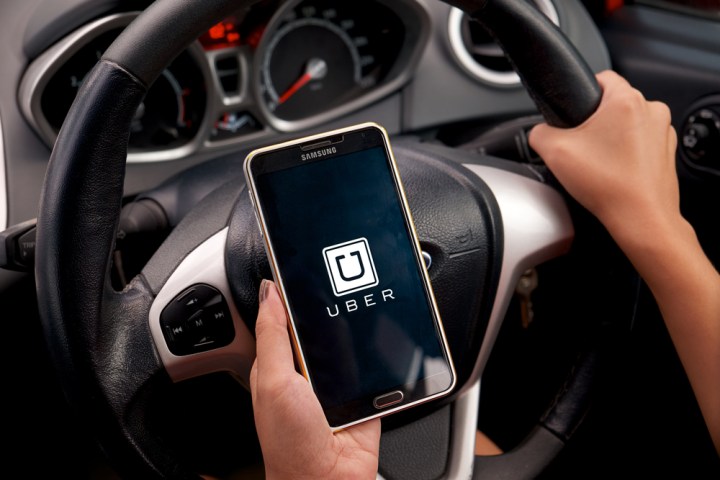
Uber gave up its fight with China-based Didi for market share in the world’s most populous country. In return, Uber received a $1 billion cash infusion. Now it appears Uber is focused on going public, with an IPO possible in 2017, Recode reports.
Lyft turned down an offer to purchase from General Motors. While considering that buyout, Lyft reportedly sought other buyers including Alphabet, Apple, Amazon, and Apple. The asking price was $9 billion. When no buyer stepped up for that price, eventually Lyft stopped looking for a buyer. According to Recode, GM “never made a formal bid.”
So the focus now for both companies is on growing market share. Uber wants to further its current market dominance prior to going public. Lyft wants to build its business, possibly for an eventual purchase. Both companies have ample funds for a subsidy war if it comes to that. As Recode pointed out, however, Uber would potentially spend a lot more than Lyft in subsidies since it has tens of millions more trips per month.
Both Uber and Lyft are partnering with automakers in developing self-driving cars. Lyft is working with GM with the Chevy Bolt. Uber just bought self-driving truck company Otto for the technology — not the trucks. Uber is also partnering with Volvo to start supervised autonomous vehicle rides in Pittsburgh.
The motivation behind the two companies immersing in autonomous vehicle testing is the big money that awaits successful wide adoption of the technology. Driverless ride-hailing cars are likely to be the biggest money-makers for companies in the business. Fully driverless ride-hail cars are probably five to 10 years in the future and even then they’ll likely be employed only in larger cities — but that’s where the bulk of the riders are.
The short games were controlling China (Uber) and a big buyout (Lyft). Moving on to the medium game, both companies want to build market share, Uber for an IPO and Lyft possibly for a large buyout. The longer and most profitable game, which will be costly and take time, remains in creating major stakes in self-driving fleets.
Editors' Recommendations
- Thousands of delivery robots to join Uber Eats
- Uber vs. Lyft
- Uber and Lyft shutdown averted in California after court decision
- California sues Uber, Lyft to force them to make drivers employees
- Uber and Lyft suspend carpool option to help prevent coronavirus spread




